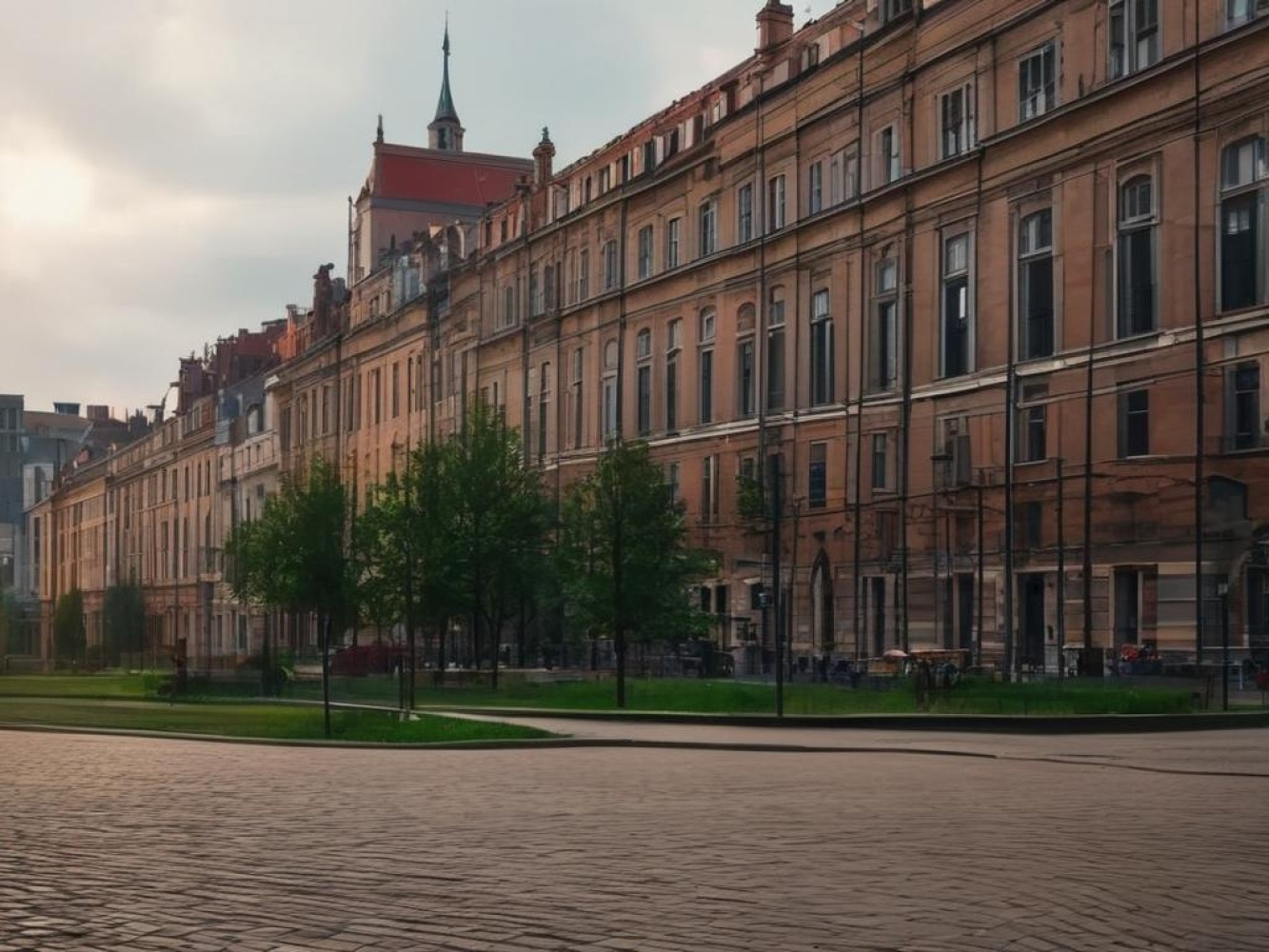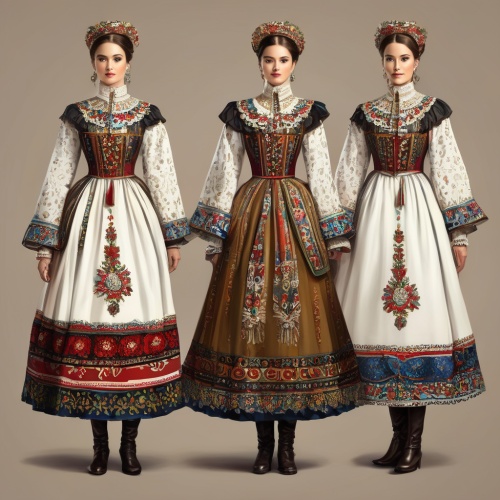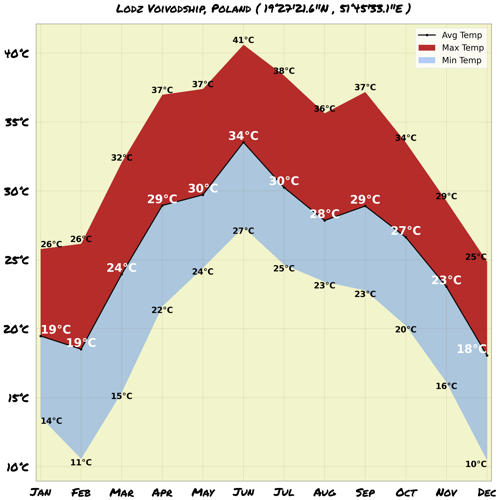Lodz Voivodship information

Lodz Voivodship, Poland, Europe: Embark on a journey to Lodz Voivodship, the heartland of Poland's cultural and economic heritage. This region is a treasure trove of history, boasting numerous historic sites and landmarks. From the opulent palaces of Bechatow Region to the charming towns of Kutno Region, there is something for every history enthusiast. Immerse yourself in the vibrant arts scene of Pabianice Region or explore the natural wonders of Radomsko Region. With its rich tapestry of experiences, Lodz Voivodship promises to captivate and inspire visitors from around the world.
Understand
The dzkie Vovoidship, located in the heart of Poland, is home to the vibrant city of d. This region is situated in the Central Polish Lowland, close to the witokrzyskie Mountains.
In ancient times, dzkie was part of the influential region of Wielkopolskie, which dominated Poland during the 10th century. However, the capital of Poland was later moved to Krakw in 1040. In the 14th century, dzkie became part of the Kingdom of Poland after being divided into different duchies.
Piotrkw Trybunalski, an important city in Polish history, played a pivotal role in Polish parliamentarism, hosting several Polish Sejms since the 15th century. Throughout the turbulent years, dzkie faced various changes in its ownership, being annexed by Prussia, becoming part of the Duchy of Warsaw, and eventually being ruled by the Russian Tsar.
In the early 19th century, d emerged as a major industrial city in Central Europe, earning its nickname "Polish Manchester." After experiencing occupation during World War II, dzkie once again became part of Poland. Today, it stands as a significant cultural and economic hub in the heart of the country.
Map & Climate
Popular Foods
 Pierogi: These are traditional Polish dumplings filled with various ingredients, often including potatoes, cheese, sauerkraut, or meat. They can be boiled, fried, or baked and are typically served with sour cream or butter.
Pierogi: These are traditional Polish dumplings filled with various ingredients, often including potatoes, cheese, sauerkraut, or meat. They can be boiled, fried, or baked and are typically served with sour cream or butter.  Kielbasa: This smoked sausage is made from pork meat and comes in various types, such as fresh (biały) or smoked (czerwony), depending on the level of smokiness. It's commonly eaten grilled, pan-fried, or even boiled and served alongside mashed potatoes, cabbage, or other vegetables.
Kielbasa: This smoked sausage is made from pork meat and comes in various types, such as fresh (biały) or smoked (czerwony), depending on the level of smokiness. It's commonly eaten grilled, pan-fried, or even boiled and served alongside mashed potatoes, cabbage, or other vegetables.  Szczawiak: A traditional Polish fruit compote made from sour cherries, plums, or other similar fruits, sugar, and spices like cinnamon and cloves. The fruit mixture is cooked until it becomes a thick, jammy consistency, and is then stored in jars for later consumption.
Szczawiak: A traditional Polish fruit compote made from sour cherries, plums, or other similar fruits, sugar, and spices like cinnamon and cloves. The fruit mixture is cooked until it becomes a thick, jammy consistency, and is then stored in jars for later consumption. Historical Appearance
 Traditional Male Clothing
Traditional Male Clothing Traditional Female Clothing
Traditional Female Clothing








Comments
NO COMMENTS